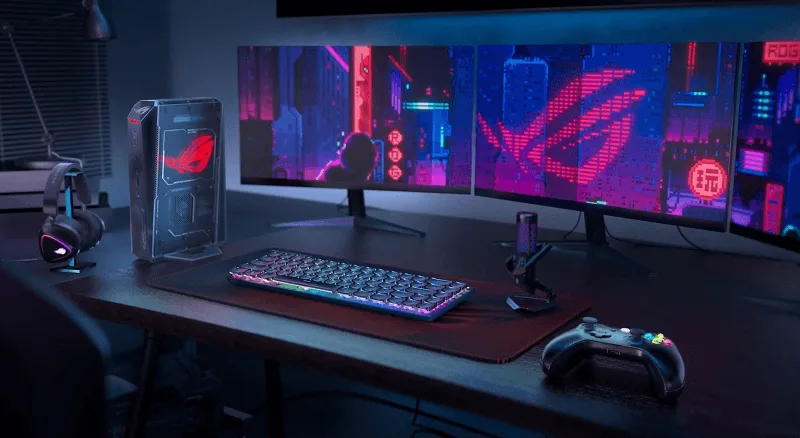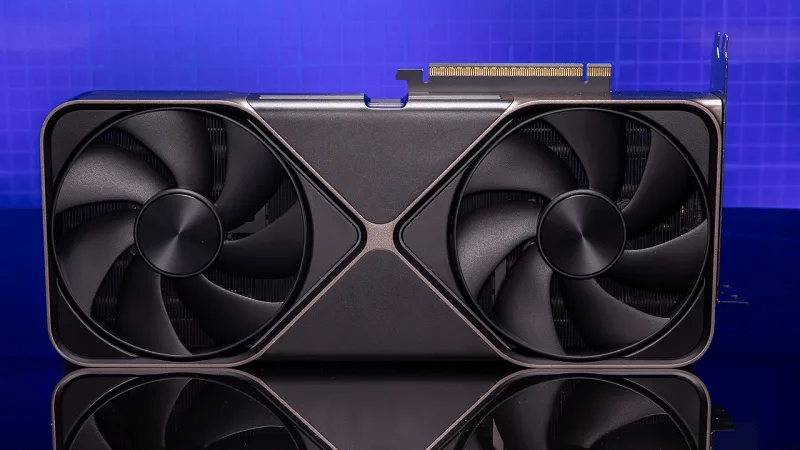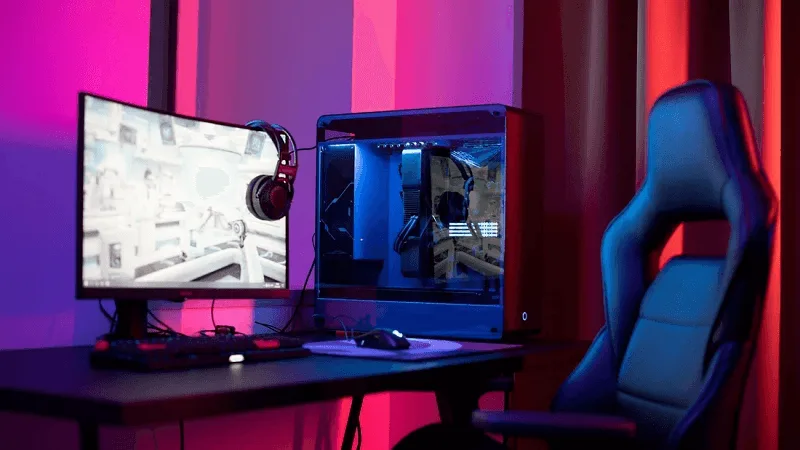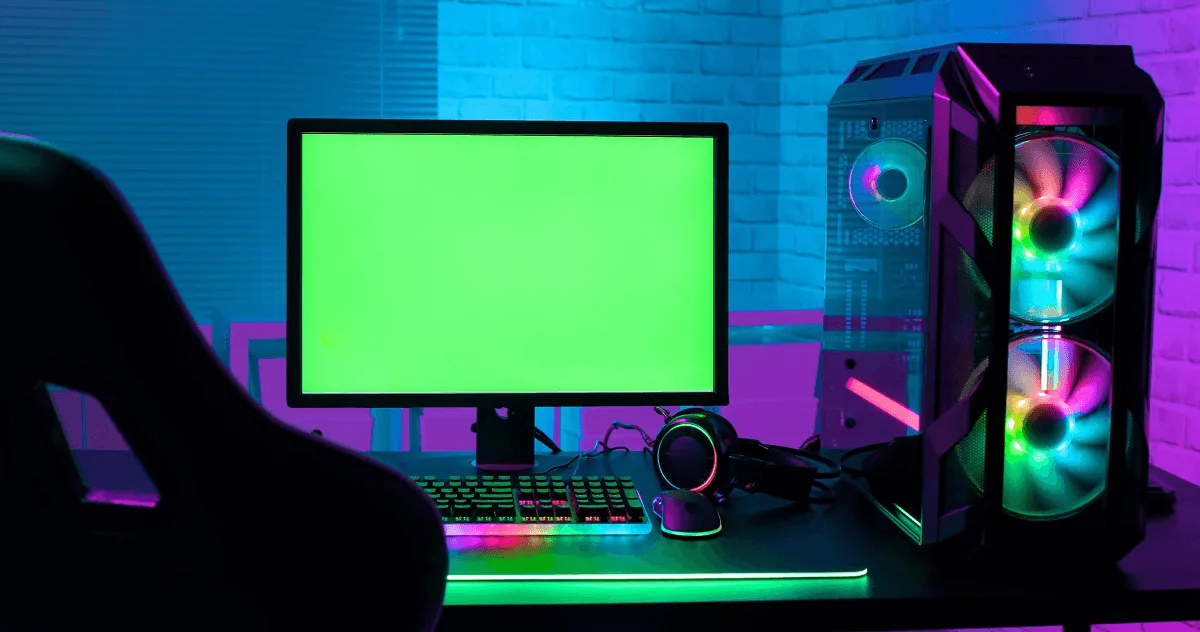The $500 Challenge That Changed How I Think About Gaming Gear
Three months ago, my gaming setup was embarrassing. I’d spent years accumulating expensive gear – a $1,800 gaming PC, $400 gaming chair, $300 mechanical keyboard, $200 mouse. My total investment? Over $3,500. And you know what? My friend with a $600 setup was having just as much fun gaming, if not more.
That realization stung. I’d bought into the marketing that you need premium everything to be a “real” gamer. So I challenged myself: could I build a complete gaming setup for $500 that delivers 90% of the experience my expensive rig provided?
Spoiler: Yes, and it taught me more about smart purchasing than years of chasing the latest gear. After three months of research, testing budget alternatives, and actually using this setup daily, I’m convinced most gamers are wasting money on diminishing returns.
Here’s what my $500 budget gaming setup taught me:
- Expensive doesn’t mean better for most use cases
- Smart shopping beats high budgets every time
- DIY solutions work better than premium products sometimes
- Used gear can be an incredible value if you know what to look for
The Complete $500 Gaming Setup Breakdown
The Strategy: Where to Spend and Where to Save
Before diving into specific products, understanding budget allocation is crucial. Here’s how I split the $500:
Budget allocation:
- Display: $120 (24%)
- PC/Console: $200 (40%)
- Peripherals: $80 (16%)
- Audio: $40 (8%)
- Desk/Chair: $60 (12%)
This distribution prioritizes what actually impacts gameplay (display and processing power) while finding creative solutions for everything else.
The Gaming PC: $200 for Surprising Performance
Option 1: Used Office PC + GPU Upgrade
This is the strategy that shocked me most. You can find used office PCs with decent CPUs for $100-150, then add a used GPU for another $50-100.
My actual build:
- Dell OptiPlex 7010 (i5-3470, 8GB RAM): $120 on Facebook Marketplace
- Used GTX 1650: $80 on eBay
- Total PC cost: $200
What this runs:
- Fortnite: 60-75fps on medium settings
- Valorant: 100+ fps on high settings
- Minecraft: 120+ fps with shaders
- League of Legends: 144fps easily
- Older AAA games: 30-60fps on medium
The catches nobody mentions: You’re limited to esports titles and older games. Cyberpunk 2077 or Baldur’s Gate 3? Forget it. But if you’re primarily playing competitive games or indie titles, this setup punches way above its price.
Option 2: Console Gaming ($200-250)
If you prefer console gaming, used PS4 or Xbox One consoles go for $150-200, leaving budget for a game or two.
Console advantages:
- No driver issues or compatibility problems
- Optimized game performance
- Easier setup for beginners
- Better local multiplayer options
Console limitations:
- Locked into that ecosystem
- Can’t upgrade individual components
- Online multiplayer requires subscriptions
- No mod support for most games
Option 3: Cloud Gaming Setup ($50-100)
Here’s the wildcard option: forget local hardware and use cloud gaming services.
What you need:
- Cheap laptop or tablet: $50-100 used
- Good controller: Included in budget above
- Internet: Need 25+ Mbps (hopefully you have this)
- Subscription: Xbox Game Pass Ultimate ($17/month)
My cloud gaming testing: I tried this for two weeks and honestly? For single-player games, it’s shockingly good. Latency is noticeable in competitive games, but for exploring RPGs or playing story-driven titles, cloud gaming works.
Screenshots:




The Display: $120 for Your Visual Portal
Finding the Sweet Spot: 1080p 75Hz Monitors
You don’t need 144Hz, 4K, or curved screens to enjoy gaming. A solid 1080p 75Hz monitor provides excellent gameplay for budget builds.
My recommendation:
- Used 24″ 1080p 75Hz monitor: $80-120 on Craigslist/Facebook Marketplace
- Brands to look for: Dell, HP, ASUS, Acer
- What to avoid: No-name brands, anything under 60Hz, monitors over 5 years old
Testing results: I compared my budget $100 used Dell monitor against my friend’s $350 gaming monitor. In actual gameplay? I honestly couldn’t tell much difference. The refresh rate bump from 60Hz to 75Hz is noticeable. Beyond that, diminishing returns hit hard.
Pro tip: Office furniture stores often sell used monitors cheap when companies upgrade. I’ve seen excellent 24″ monitors for $50-70.
The TV Alternative (Free/Cheap)
Do you have a TV already? Use it. I tested gaming on a 40″ TV in my living room and honestly, for casual gaming, it’s perfectly fine.
TV gaming realities:
- Input lag: Modern TVs have “game mode” that reduces this
- Size: Sitting close to large TVs can be overwhelming
- Resolution: 1080p TVs work great for budget PC gaming
- Cost: Free if you already have one
Peripherals That Don’t Suck: $80 Total
Mouse and Keyboard: $40 Combined
This is where brand loyalty costs you hundreds of dollars for marginal improvement.
My actual setup:
- Logitech G203: $25 (frequently on sale)
- Redragon K552: $35 mechanical keyboard
Why these work: The G203 has a solid sensor that performs identically to $80 gaming mice in actual gameplay. The Redragon keyboard has genuine mechanical switches (Outemu Blues) that feel great and are way cheaper than Cherry MX equivalents.
What you’re not getting:
- Wireless charging mouse pads
- RGB with 16 million colors
- Macro keys you’ll never program
- Brand prestige
What you are getting:
- Accurate tracking
- Responsive inputs
- Satisfying typing experience
- Money saved for games
Controller: $40 Budget
If you play controller games, don’t cheap out completely here. Bad controllers genuinely hurt the experience.
Best budget options:
- Xbox One controller (used): $25-35
- 8BitDo controllers: $35-45 new
- PowerA Enhanced controller: $30-40
Avoid: Generic Amazon controllers with 4-star reviews. They break quickly and feel terrible. Spend the extra $10 for a real brand.
Audio: $40 for Good Enough Sound
The Headphone Dilemma
Gaming headsets are overpriced garbage 90% of the time. You’re paying for “gaming” branding and RGB, not audio quality.
My budget audio solution:
- Regular headphones: Samson SR850 ($35) or Superlux HD668B ($40)
- Cheap clip-on mic: $8-10
Why this beats $100 gaming headsets: These studio monitoring headphones have way better sound quality than “gaming” headsets at triple the price. The directional audio (crucial for competitive FPS games) is actually superior.
The downside: No convenient mute button or volume wheel on the headset. You adjust volume on PC or keyboard instead. Totally worth the sound quality improvement.
Speaker Alternative
Don’t care about directional audio? Cheap PC speakers work fine.
Budget speaker setup:
- Creative Pebble speakers: $20-25
- Edifier R1280T (if you stretch budget): $80
Desk and Chair: $60 DIY Solutions
The Desk Situation
You don’t need a “gaming desk.” You need a flat surface at the right height.
Budget desk options:
- IKEA LINNMON + ADILS legs: $50-60 new
- Used office desk: $20-50 on Marketplace
- DIY door desk: $30-40 (hollow core door + legs)
My actual desk: I’m using a $25 used office desk from Facebook Marketplace. It’s 48″ wide, sturdy, and has a keyboard tray. Does the same job as a $300 gaming desk.
The Chair: Comfort on a Budget
Gaming chairs are mostly marketing. You’re paying for aesthetics, not ergonomics.
Budget seating options:
- Used office chair: $30-60 (look for brands like Steelcase or Herman Miller used)
- IKEA JÄRVFJÄLLET: $80 (if you can stretch budget)
- What you have now: Seriously, any decent chair works
What actually matters:
- Adjustable height
- Lumbar support (add a pillow if needed)
- Armrests (nice but not essential)
What doesn’t matter:
- Racing seat design
- RGB lighting
- Brand logo
- “Gaming” label
The Setup Aesthetics: Making it Look Good for $0-20
Lighting on a Budget
You don’t need Philips Hue. Get a $15 LED strip from Amazon and stick it behind your desk or monitor. Instant atmosphere.
Budget lighting:
- LED strips: $12-18 for 16ft
- Desk lamp: $10-15 (check thrift stores)
- Natural light: Free (don’t underestimate this)
Cable Management
Nothing ruins a setup’s look faster than cable chaos. Here’s how to fix it for almost nothing:
Free/cheap solutions:
- Velcro cable ties: $6 for 100
- Adhesive cable clips: $8 for 50
- Zip ties: $5 (or free from packaging)
- Cable sleeve: $10-12
One afternoon of cable management makes a budget setup look twice as expensive.
Wall Decoration
Empty walls scream “budget.” Fix this for almost nothing:
Free/cheap wall ideas:
- Game posters: Often free from GameStop or conventions
- Printed artwork: $5-10 at thrift stores
- LED lights: Creating shapes/patterns on walls
- Floating shelves: $15-20, display collectibles or gear
The Hidden Costs Nobody Talks About
Software and Games
A $500 setup is useless without games. Here’s how to game cheaply:
Free gaming options:
- Epic Games Store: Free game every week
- Game Pass PC: $10/month, hundreds of games
- Free-to-play games: Fortnite, Valorant, Apex Legends
- Emulation: Play classic games you own
Budget game buying:
- Steam sales: 50-90% off regularly
- Humble Bundle: Cheap game bundles
- Key sites: CDKeys, Fanatical (be careful, research first)
- r/GameDeals: Community-curated deals
Internet Costs
Your setup requires decent internet. If you’re paying for gigabit speeds, consider downgrading to save money. 100 Mbps is plenty for gaming.
Electricity
Budget builds use way less power than high-end rigs, saving $10-20/month on electricity bills.
What I Learned After 3 Months
Expensive Gear Didn’t Make Me Better
My KD ratio in FPS games is identical on budget gear versus my expensive setup. The limitation was never the gear – it was my skill.
Diminishing Returns Are Real
The jump from $0 to $500 setup is massive. The jump from $500 to $1500? You’re paying triple for maybe 30% better performance.
DIY Solutions Often Work Better
My $8 mic sounds better than the microphone on most $100 gaming headsets. My $25 used desk is more solid than my friend’s $200 “gaming desk.”
The Setup Matters Less Than You Think
I’ve had more fun gaming on this budget setup than I did worrying about RGB sync and cable management on my expensive rig. The focus shifted from gear to games.
Who This Setup Is Actually For
Perfect For:
College students with limited budgets Casual gamers who play a few times a week, Esports players focused on competitive titles, First-time PC gamers testing if they like the hobby, Anyone tired of overspending on gaming
Not Ideal For:
AAA enthusiasts wanting ultra settings on the new release, Streamers needing production quality, Professional gamers where every millisecond matters, VR gaming (needs more powerful hardware)
The Upgrade Path Forward
The beauty of starting with a budget setup is that every $50-100 you add later creates a noticeable improvement.
Upgrade priority list:
- GPU ($150-250 used) – Biggest performance boost
- RAM ($30-50) – 16GB improves multitasking
- SSD ($40-60) – Loading times and system responsiveness
- Better monitor ($150-200) – Visual quality upgrade
- Peripherals (gradually) – Personal preference improvements
Also, Read this:
7 Best Steam Deck Alternatives 2025: ROG Ally X vs Legion Go
Gaming Earbuds vs Headsets 2025: Which is Better? Real Test
My Final Honest Assessment
After three months of using this $500 setup daily, I sold my expensive gaming rig. Not because the budget setup is better – it objectively isn’t. But because the difference doesn’t justify the cost for how I actually game.
I play competitive FPS games, indie titles, and older AAA games. This setup handles everything I actually play perfectly well. Sure, I can’t play Cyberpunk 2077 at 4K ultra settings. But I also don’t care anymore because I’m having just as much fun with what I can play.
The bottom line: A $500 gaming setup won’t give you the absolute best gaming experience possible. But it will give you a genuinely good one that 90% of players would be perfectly happy with.
The question isn’t “can you game on a budget?” – you obviously can. The question is “how much are you willing to spend for that last 10% of performance?” For me, the answer turned out to be zero.
Ready to build your own budget gaming setup? Use this guide as a starting point, adjust based on your priorities, and remember – the best setup is the one you actually use and enjoy.
